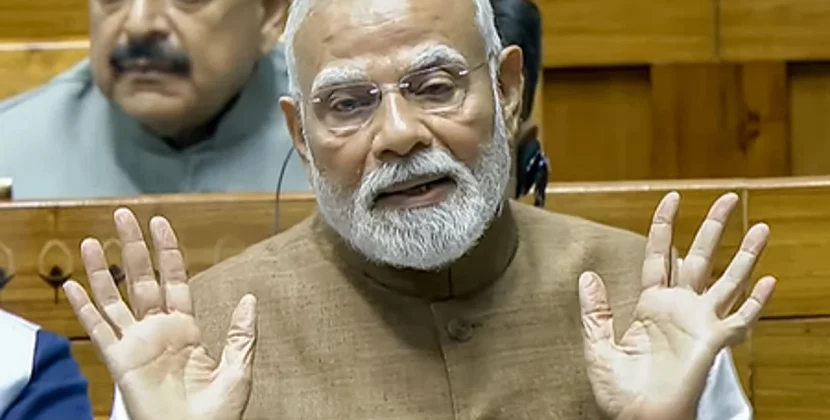
New Delhi, The living standards of tribal people in India have improved, with their gross enrolment ratio, health indicators and per capita consumption expenditure showing an overall upward trend, the government said on Thursday.
{{/userSubscribed}}
{{/userSubscribed}}
Replying to a question in the Lok Sabha, Union Minister of State for Tribal Affairs Durgadas Uikey acknowledged “gaps” in human development indicators such as school enrolment rates, health indicators and per capita income of tribal population. However, he said “there has been marked improvement in the comparative position of the scheduled tribe over the years”.
{{^usCountry}} {{/usCountry}}
“Reduction of gap in the HDIs amongst SCs , STs and other social groups has always been the priority of socio-economic development policy and the government is committed to it. The Gross Enrolment Ratio shows an overall increase, the health indicators show a positive trend… On examination we see that there is improvement in the living standards of tribals,” he added.
The data presented in the Lok Sabha showed that the GER of tribal students at the secondary level increased from 64.94 per cent in 2012-13 to 78.1 per cent in 2021-22, before declining slightly to 76.9 per cent in 2023-24.
{{/userSubscribed}}
{{/userSubscribed}}
For students from all communities, including STs, the GER at the secondary level rose from 68.71 per cent in 2012-13 to 79.56 per cent in 2021-22 before dropping to 77.4 per cent in 2023-24.
{{/usCountry}}
For students from all communities, including STs, the GER at the secondary level rose from 68.71 per cent in 2012-13 to 79.56 per cent in 2021-22 before dropping to 77.4 per cent in 2023-24.
{{/usCountry}}
{{/usCountry}}
At the senior secondary level , the GER of ST students improved significantly from 28.21 per cent in 2012-13 to 52 per cent in 2021-22, before falling to 48.7 per cent in 2023-24.
In comparison, the GER of students from all communities at this level rose from 40.11 per cent in 2012-13 to 57.56 per cent in 2021-22, before declining to 56.2 per cent in 2023-24.
However, at the elementary level, the GER of ST students declined from 107.76 per cent in 2012-13 to 103.4 per cent in 2021-22 and further to 97.1 per cent in 2023-24.
{{/userSubscribed}}
{{/userSubscribed}}
In comparison, the GER of students from all communities initially increased from 98.81 per cent in 2012-13 to 100.13 per cent in 2021-22 but then dropped sharply to 91.7 per cent in 2023-24.
Citing National Family Health Survey data, the minister said the infant mortality rate among STs dropped from 62.1 per 1,00,000 live births in 2005-06 to 41.6 in 2019-20. The IMR for all communities also fell during this period from 57 to 35.2.
The institutional delivery rate among the ST population improved significantly from 17.7 per cent in 2005-06 to 82.3 per cent in 2019-20, while for all communities, it increased from 38.6 per cent to 88.6 per cent.
The prevalence of stunting in tribal children under the age of five decreased from 53.9 per cent to 40.9 per cent over this period. Among children from all communities, stunting declined from 48 per cent to 35.5 per cent.
{{/userSubscribed}}
{{/userSubscribed}}
Stunting is defined as a child having a height-for-age more than two standard deviations below the World Health Organization child growth standards median.
The minister also said the monthly per capita consumption expenditure of STs increased from ₹1,122 in rural areas and ₹2,193 in urban areas in 2011-12 to ₹3,363 and ₹6,030 respectively in 2023-24.
For all communities, the monthly per capita consumption expenditure rose from ₹1,430 in rural areas and ₹2,630 in urban areas in 2011-12 to ₹4,122 and ₹6,996 respectively in 2023-24.
This article was generated from an automated news agency feed without modifications to text.
See less

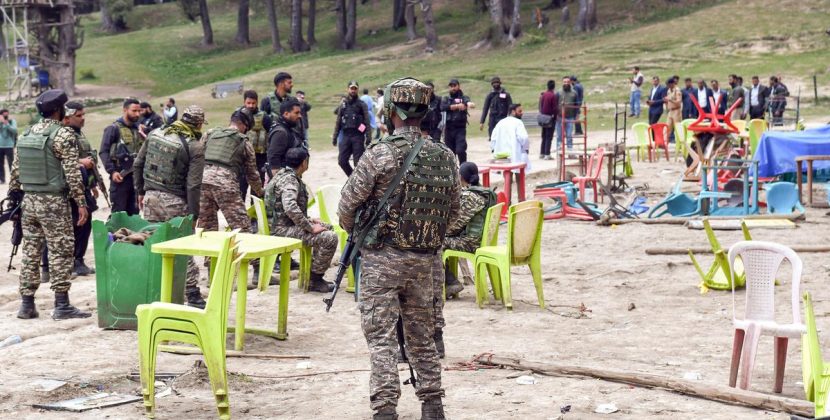
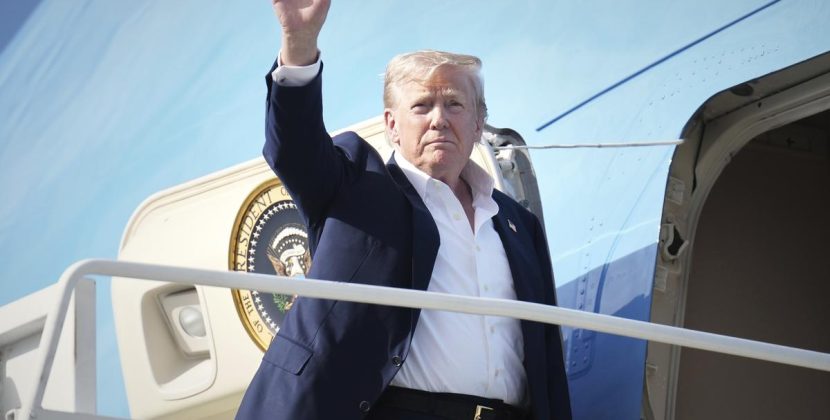





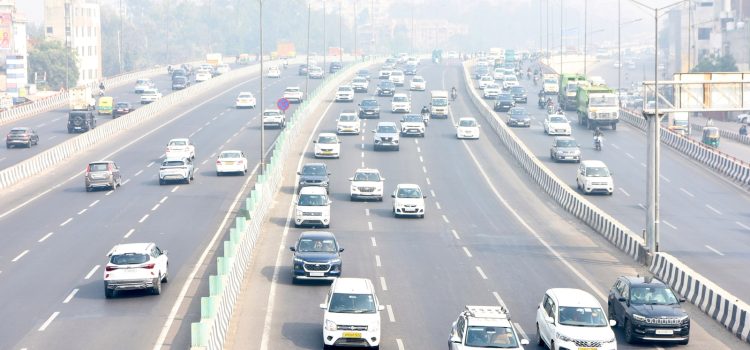
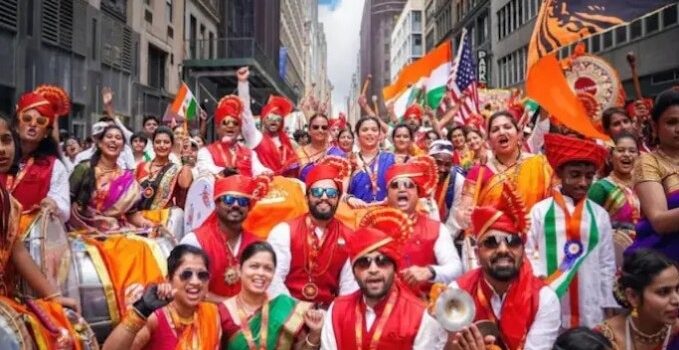

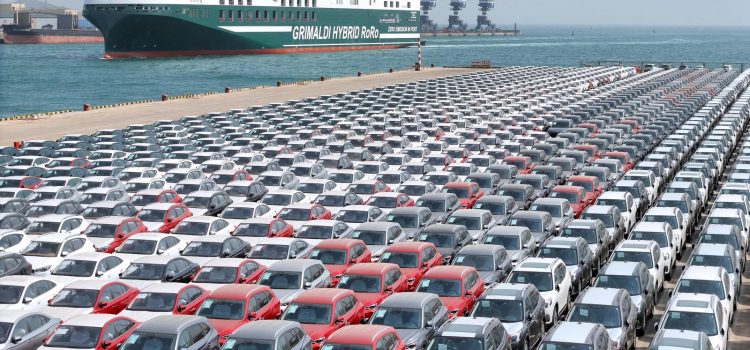
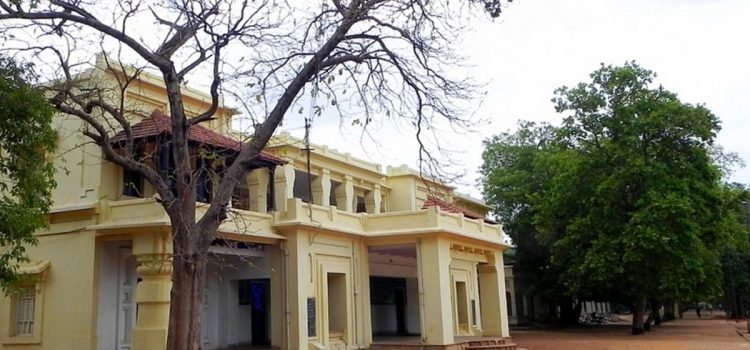
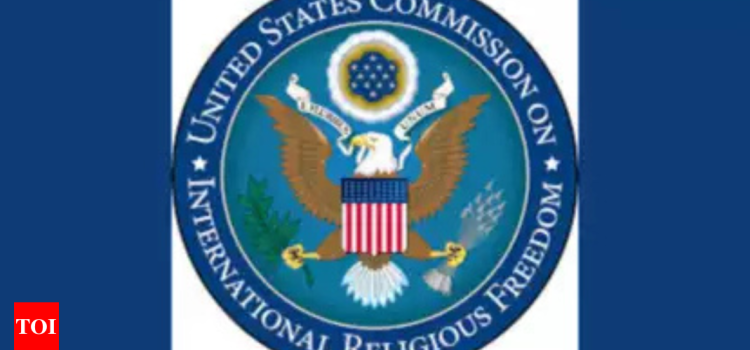
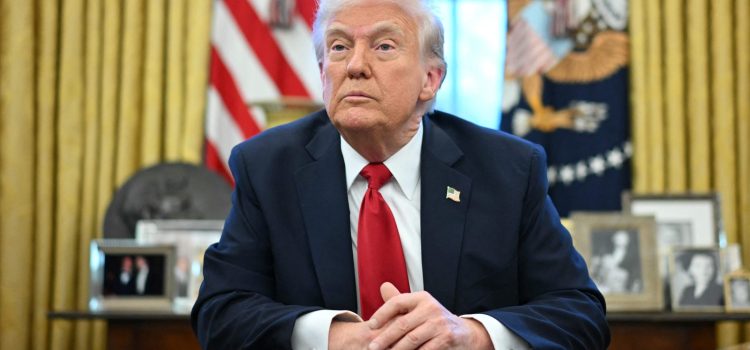
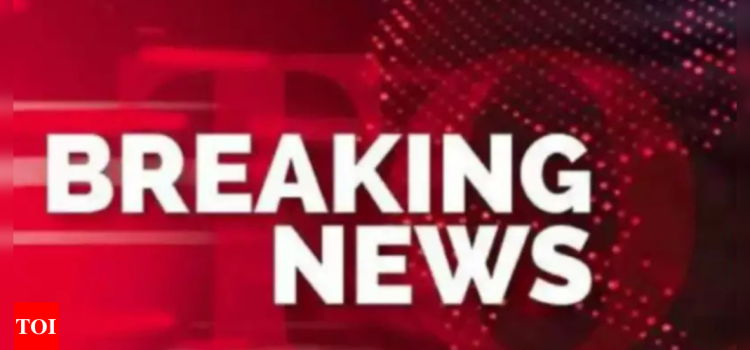
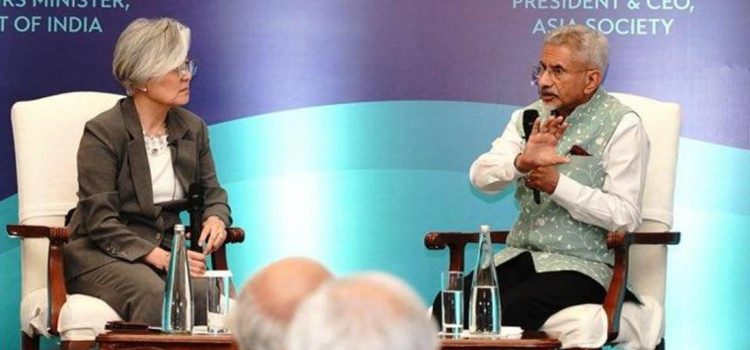
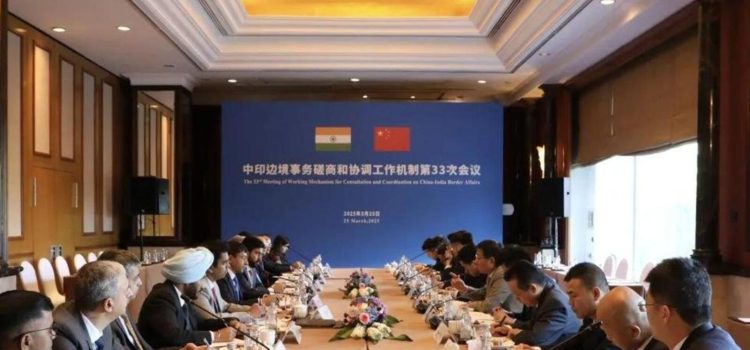

Comments